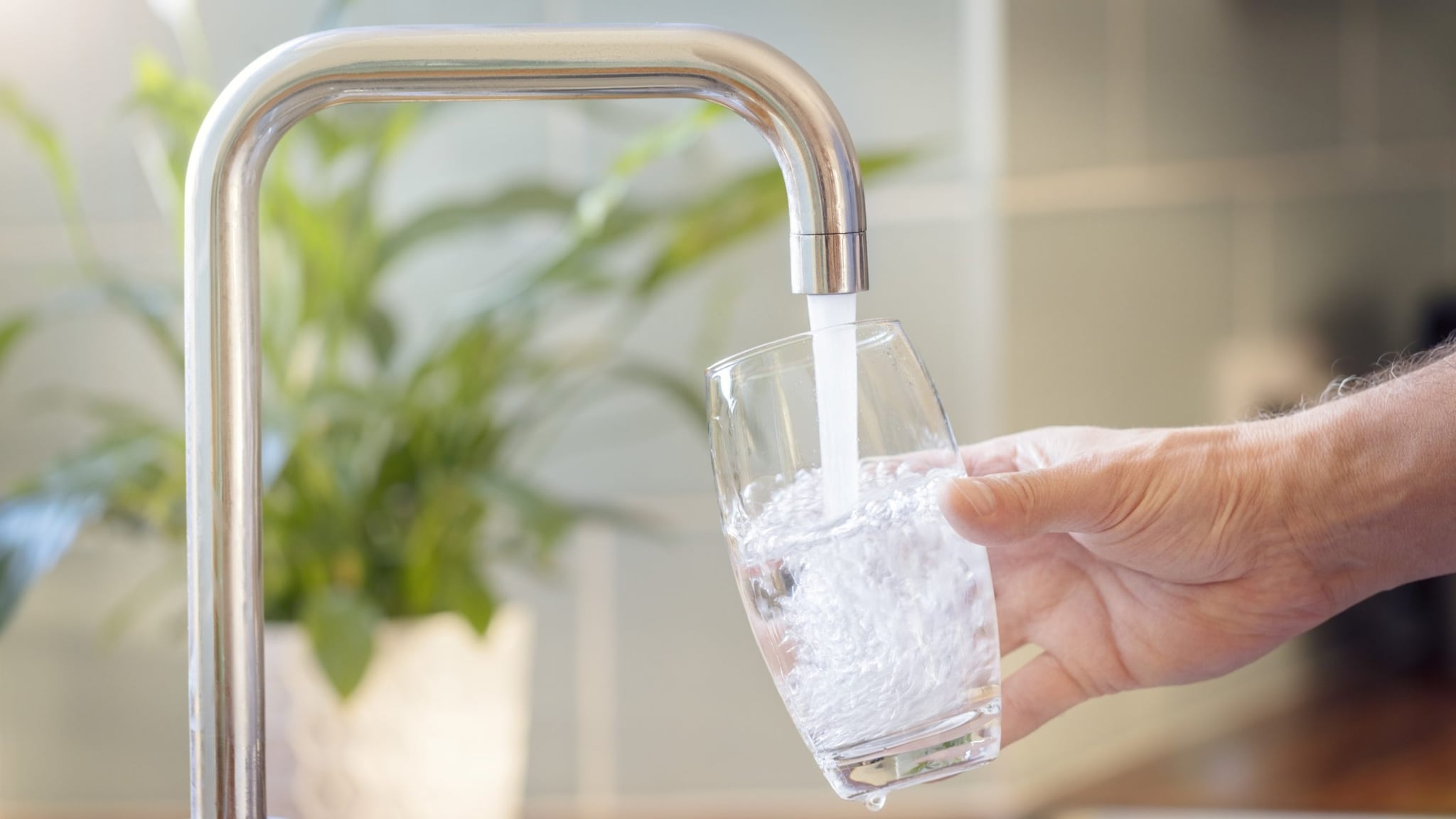Key points
- CDC works closely with other federal agencies, external experts, and researchers to gather and publish recommendations on a variety of health topics, including community water fluoridation.
- Science and public health organizations have conducted comprehensive reviews that offer strong evidence of community water fluoridation's safety and effectiveness.

U.S. Public Health Service
The U.S. Public Health Service (PHS) Recommendation for Fluoride Concentration in Drinking Water for the Prevention of Dental Caries is science-based guidance on the optimal level of fluoride in community water supplies.
The PHS panel that provided the recommendation considered all sources of fluoride intake and recommended 0.7 mg/L as the concentration that maximizes fluoride's oral health benefits while minimizing potential harms, such as dental fluorosis.
Community Preventive Services Task Force
The Community Preventive Services Task Force was established in 1996 by the U.S. Department of Health and Human Services to identify population health interventions that have been shown to save lives, increase lifespans, and improve quality of life. The Task Force makes recommendations and identifies evidence gaps to help guide the decision making of federal, state, and local health departments, other government agencies, communities, health care providers, employers, schools, and research organizations.
In 2013, the Task Force reaffirmed and updated its recommendation for water fluoridation based on strong evidence of effectiveness in reducing tooth decay (dental caries) across populations. It first made a recommendation in support of community water fluoridation in 2001.
Science
As the nation's public health agency, CDC emphasizes scientific evidence for developing policies, guidelines, and recommendations. Scientific reviews are helpful because they:
- Consider evidence from published studies on a subject.
- Use carefully designed methods to critically examine scientific evidence.
- Use national and international panels of experts in various health and scientific disciplines.
- Judge the quality of individual studies and summarize the strength of the entire body of evidence.
- Identify and summarize research gaps and make recommendations for further research.
Review of scientific literature is important to help judge the safety and benefits of community water fluoridation over time. CDC continues to recommend community water fluoridation at the concentration recommended by the PHS guidelines as a cornerstone strategy for the prevention of tooth decay in the United States.
- Centers for Disease Control and Prevention. Office of Public Health Ethics and Regulations (OPHER). Accessed January 8, 2023. https://www.cdc.gov/os/integrity/index.htm
